This is a quick set up to understand how to orient solar panels for maximum efficiency using Galapagos’ generative capacities.
Load EPW file from https://www.ladybug.tools/epwmap/
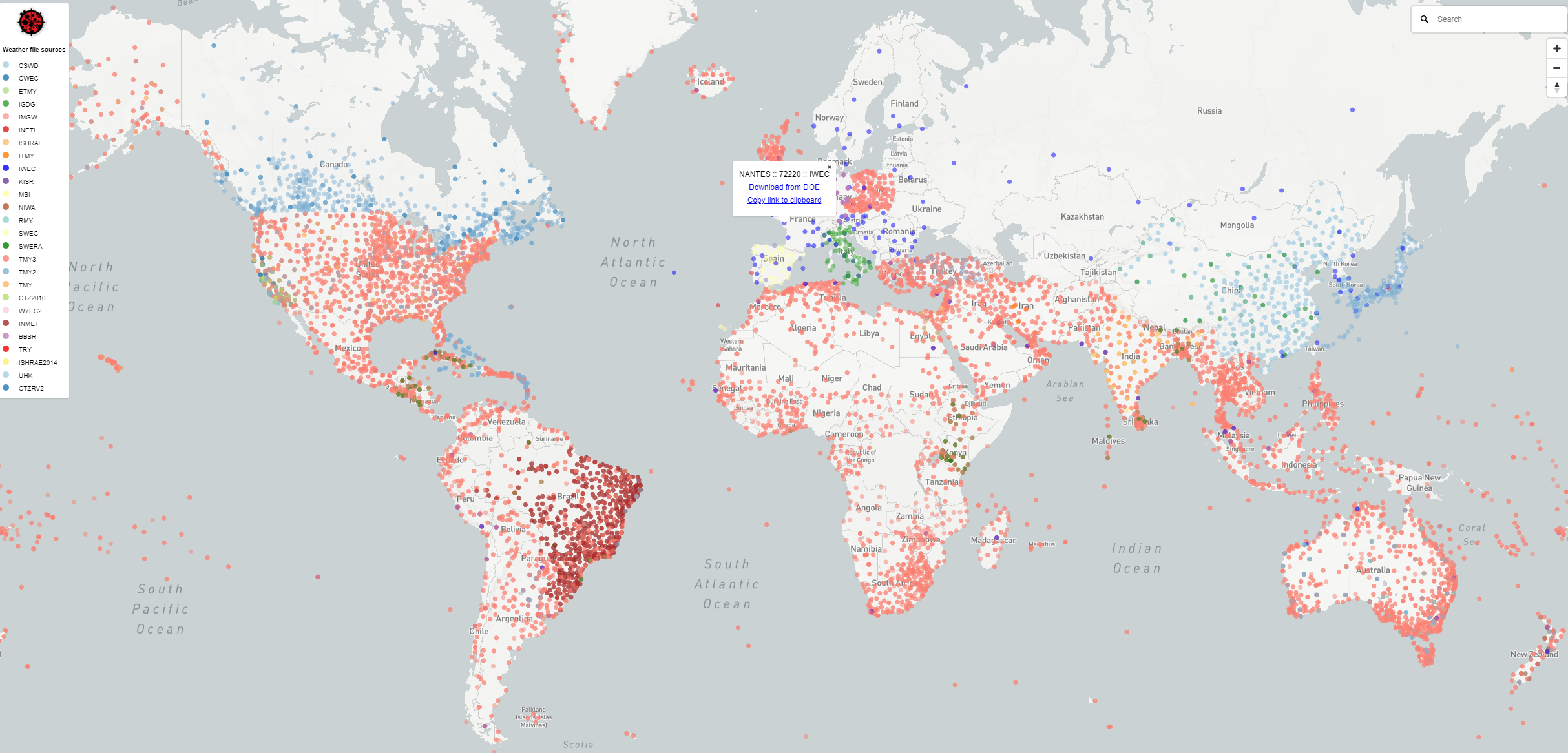
Use FilePath to get the file from where it has been stored.
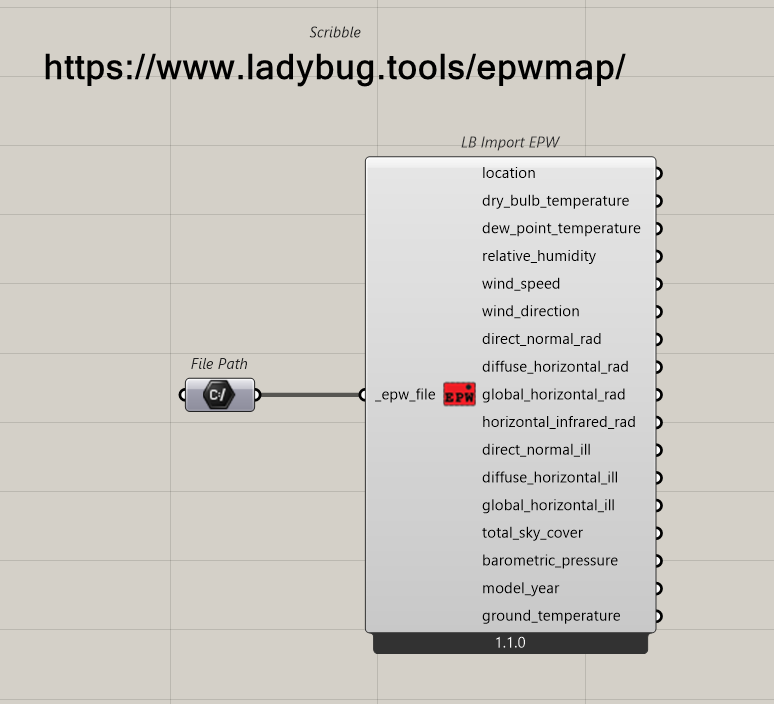
Connect the SunPath
We add a date, to start it will be a single date, but we will work a period a time afterwards.
We evaluate Direct Sun hours
Geometry is the surface to be calculated, Context refers so objects casting Shadows
Connections
We run
This is the result for a single day June, the 21st at 10 am
Now we check for the same day from 6am to 6pm
And we have quantities. For every square of the grid, a total of direct sun hours
The have the total we can have a Mass addition
Adding a solar panel
We will search which orientation is best for a solar panel. To get faster results, we will only test two orientations
We add the LB Incident Radiation Component and its dependences
A Solar Panel is created, and we will git it the possibility to rotate X axes and then Y axes to find the better orientation
This is the solar panel
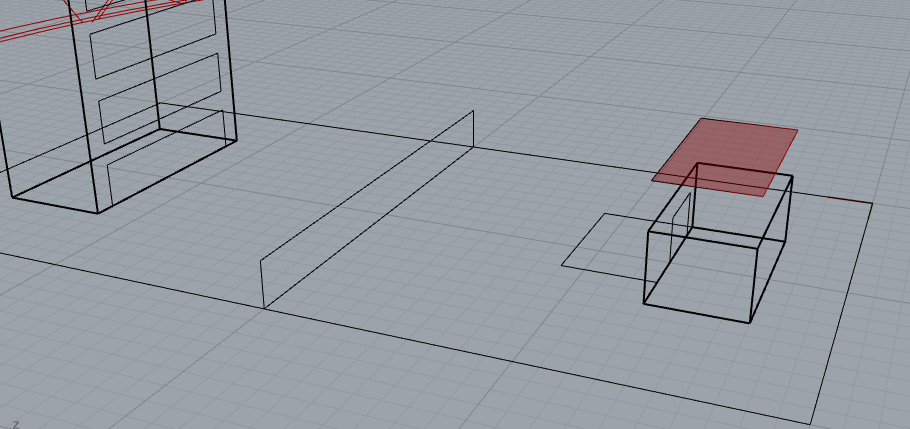
This how we can prepare the rotations
To go faster, we will investagate every 5° between -90 to +90. For that we prepare the slider as shown below. 18*5=90. So we go from -18 to +18 by 5
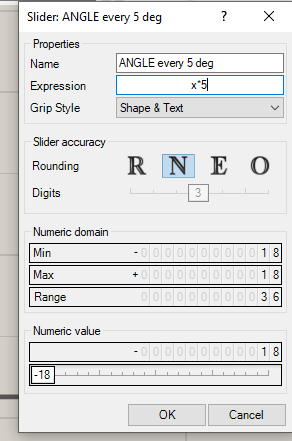
The Solar Panel becomes the new geometry, the grid has to be reduced, we try every 0.25m
We test for one day, one orientation
Ok, for one day, let test the best orientation
We add Galapagos component. Genome goes to the Slider and Fitness to the mass addition number obtained from the results.
Double click on Galapagos, we choose Maximize, because we are searching for the best result
Then Solvers, start Solvers
As our ground is pretty free from constructions, with no surprise, the best orientation here is horizontal (and we’re in June !!)
Other orientation…Facing south the best orientation is 20°
Please evaluate this lesson par filling the survey HERE


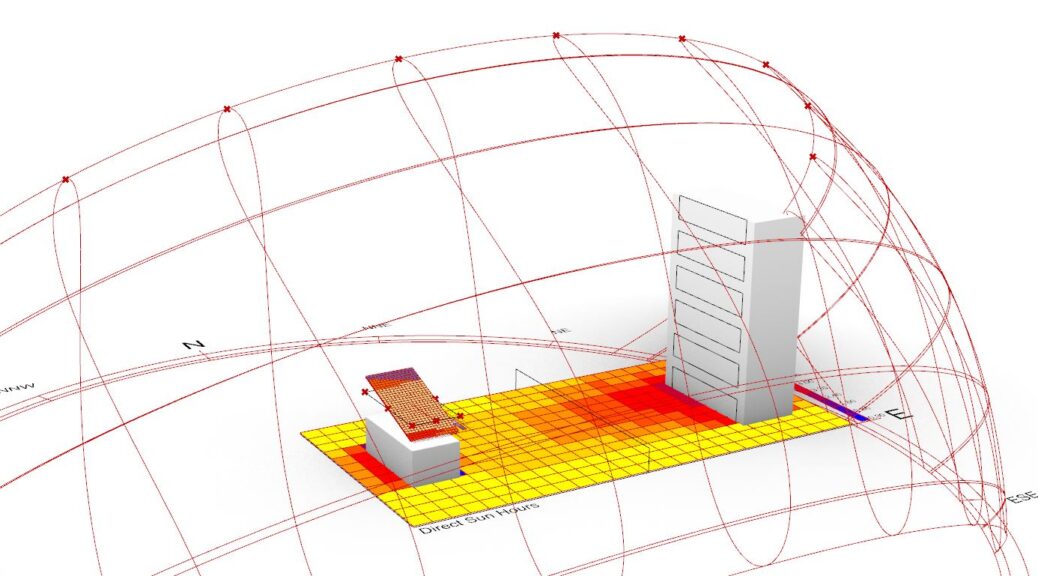
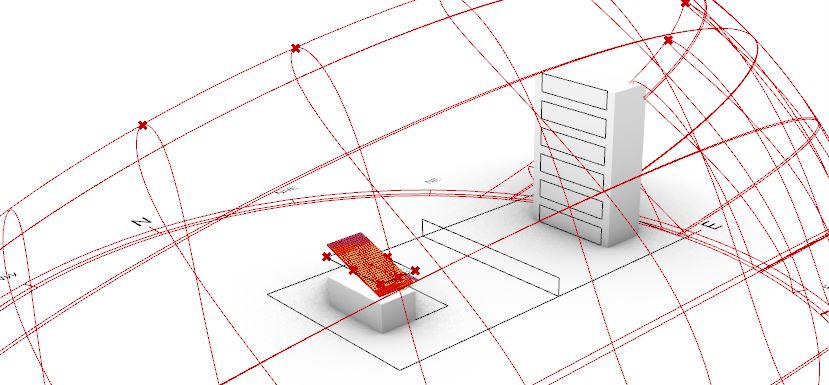
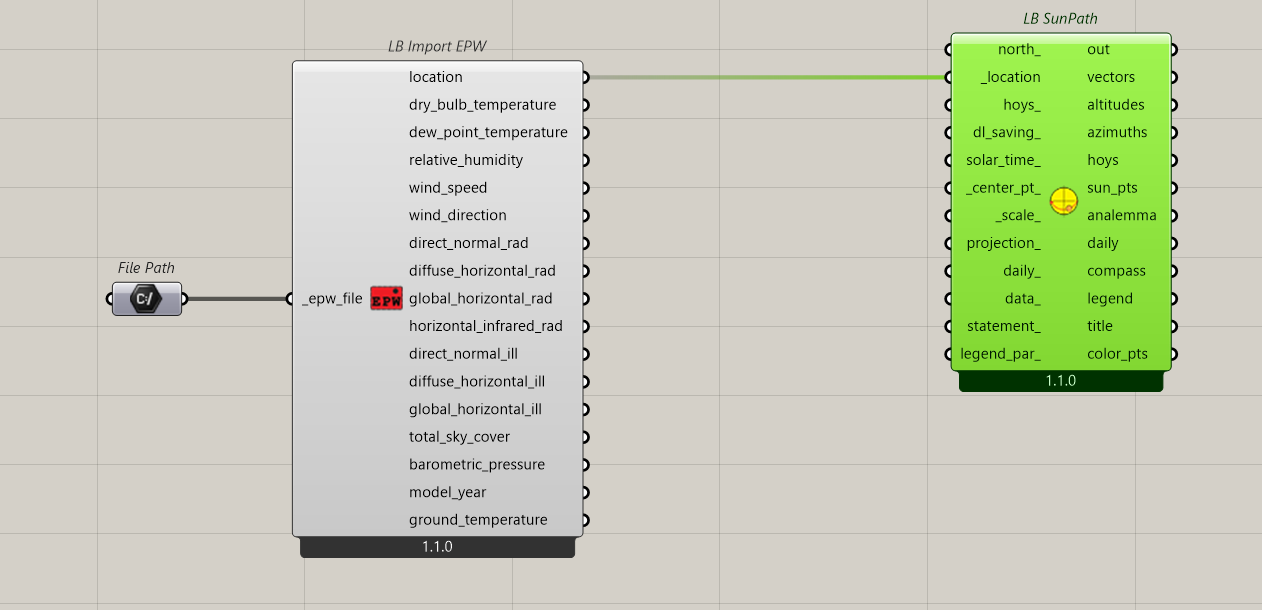
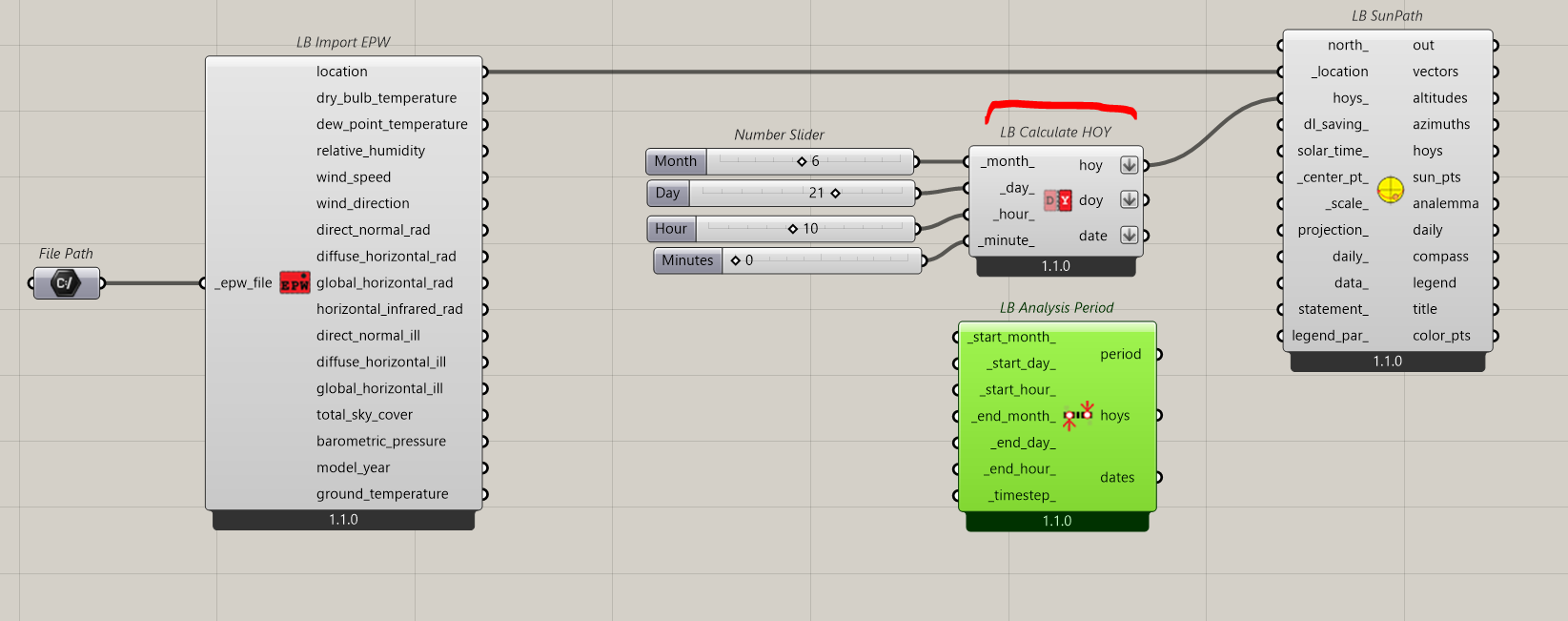
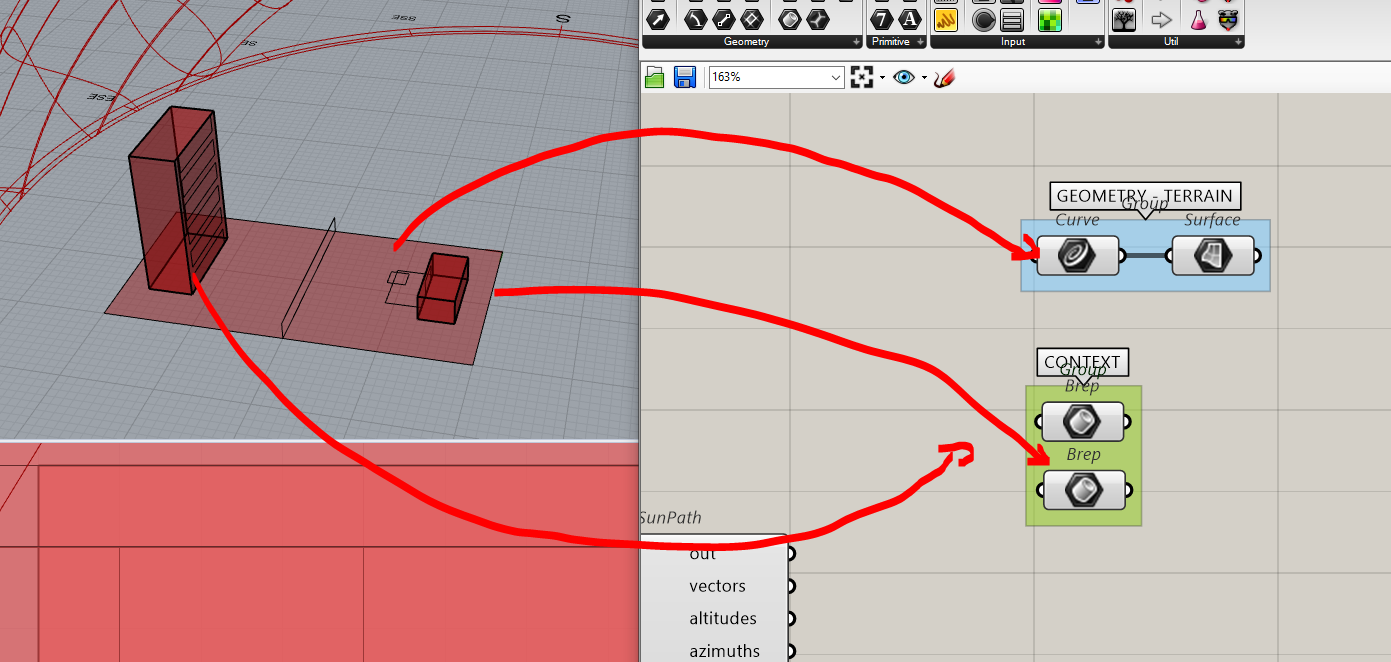
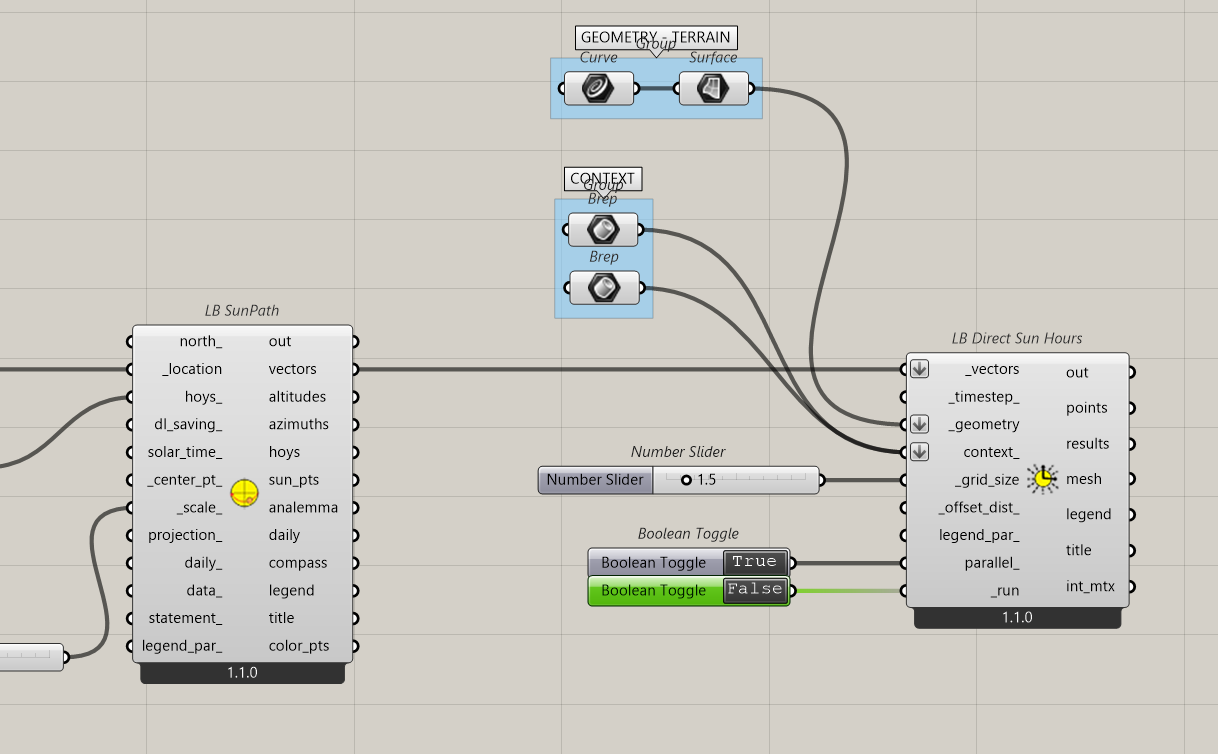
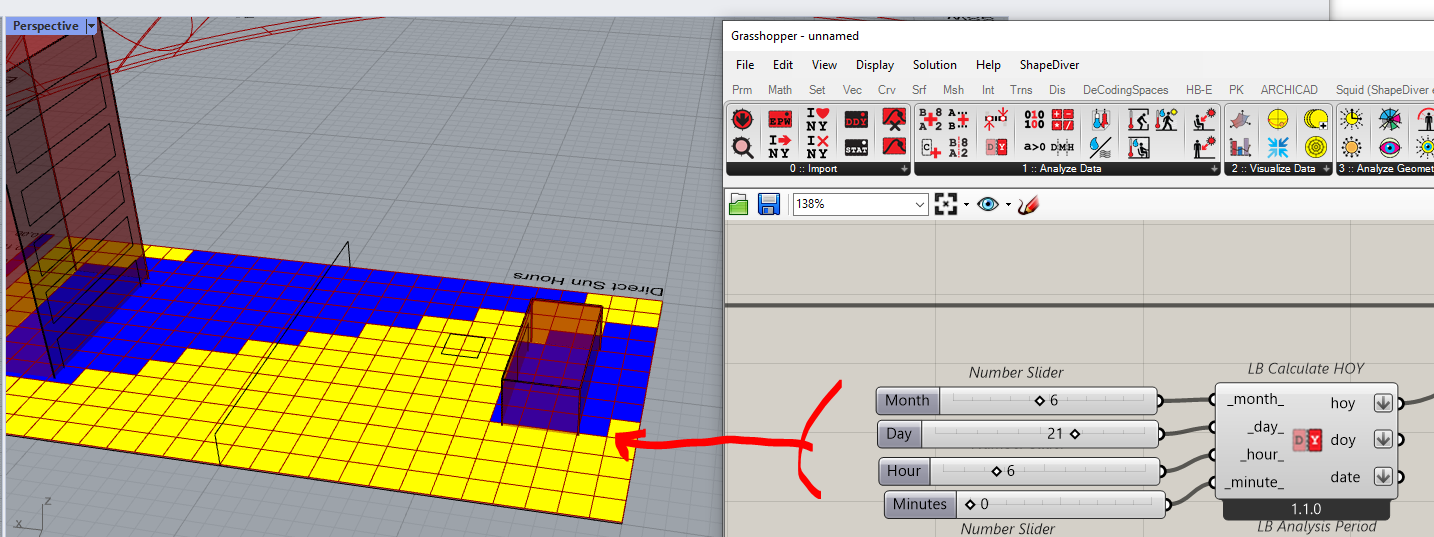
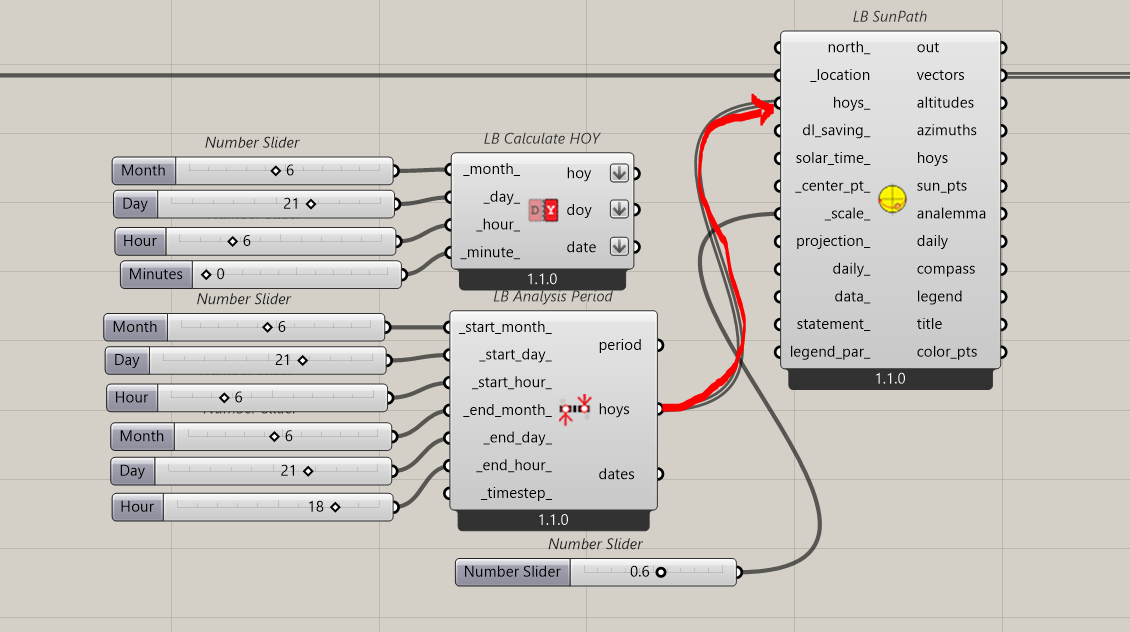
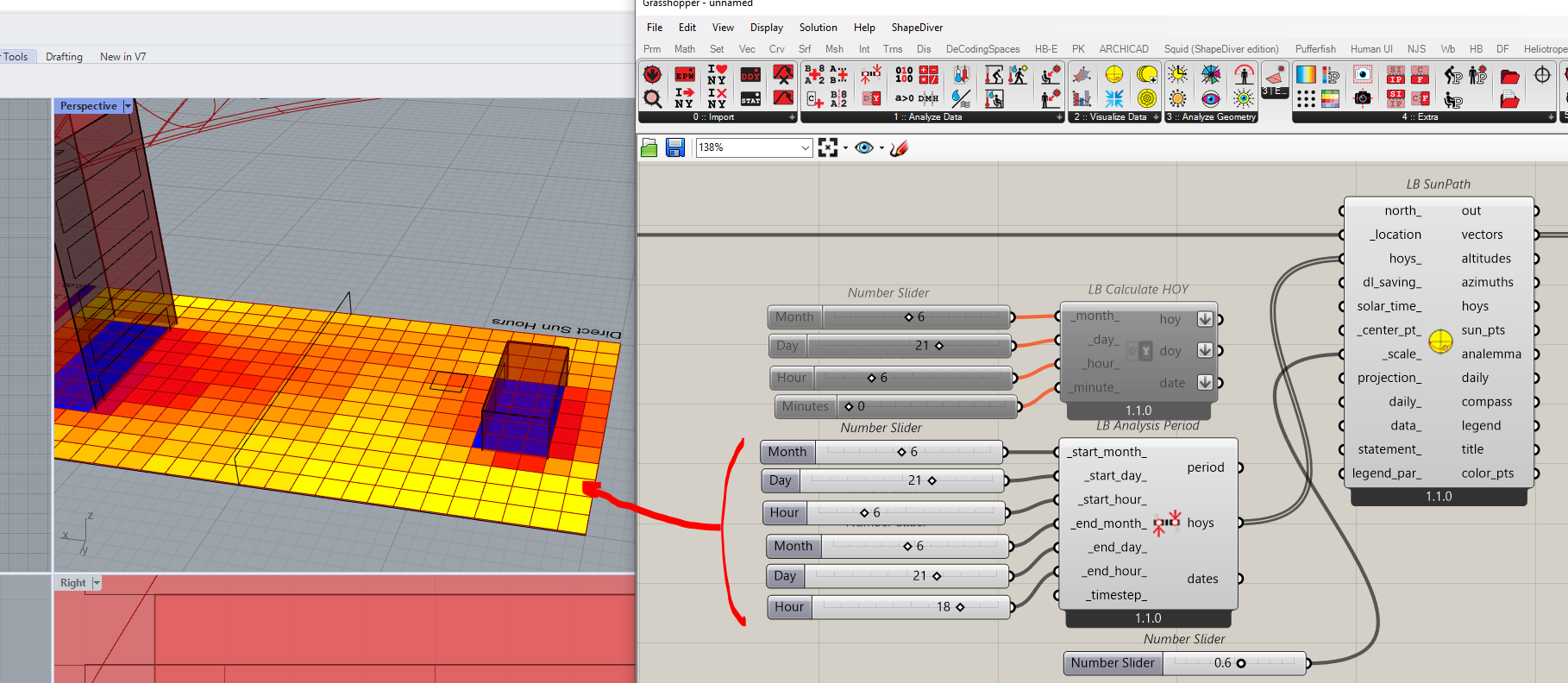
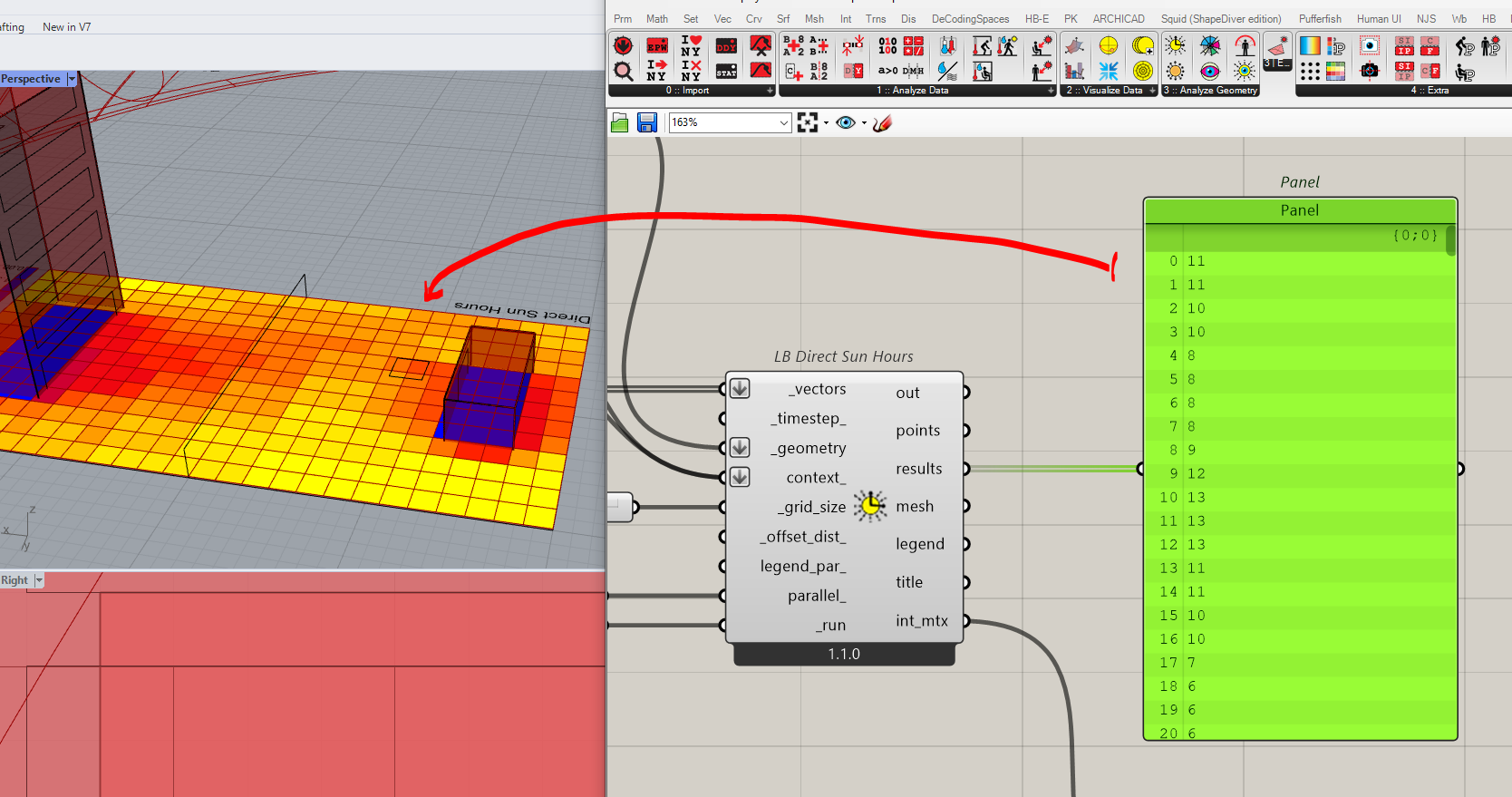
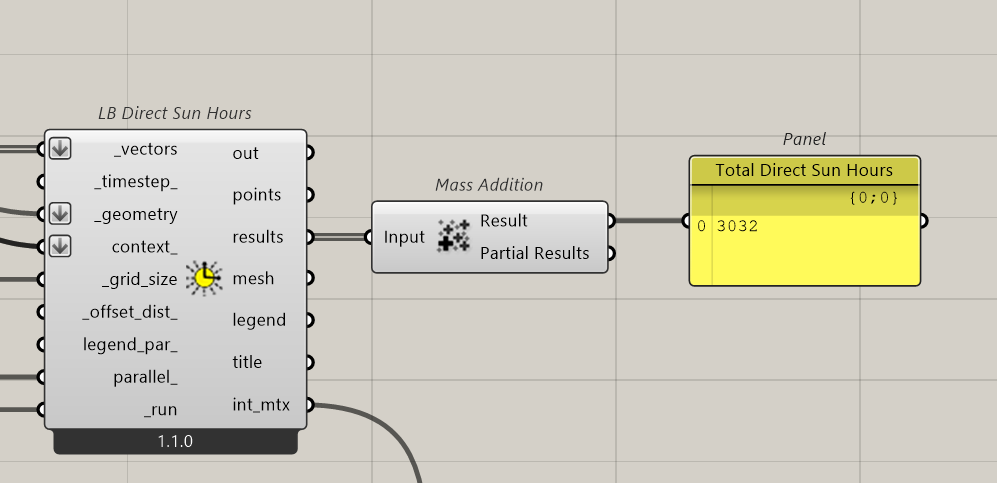
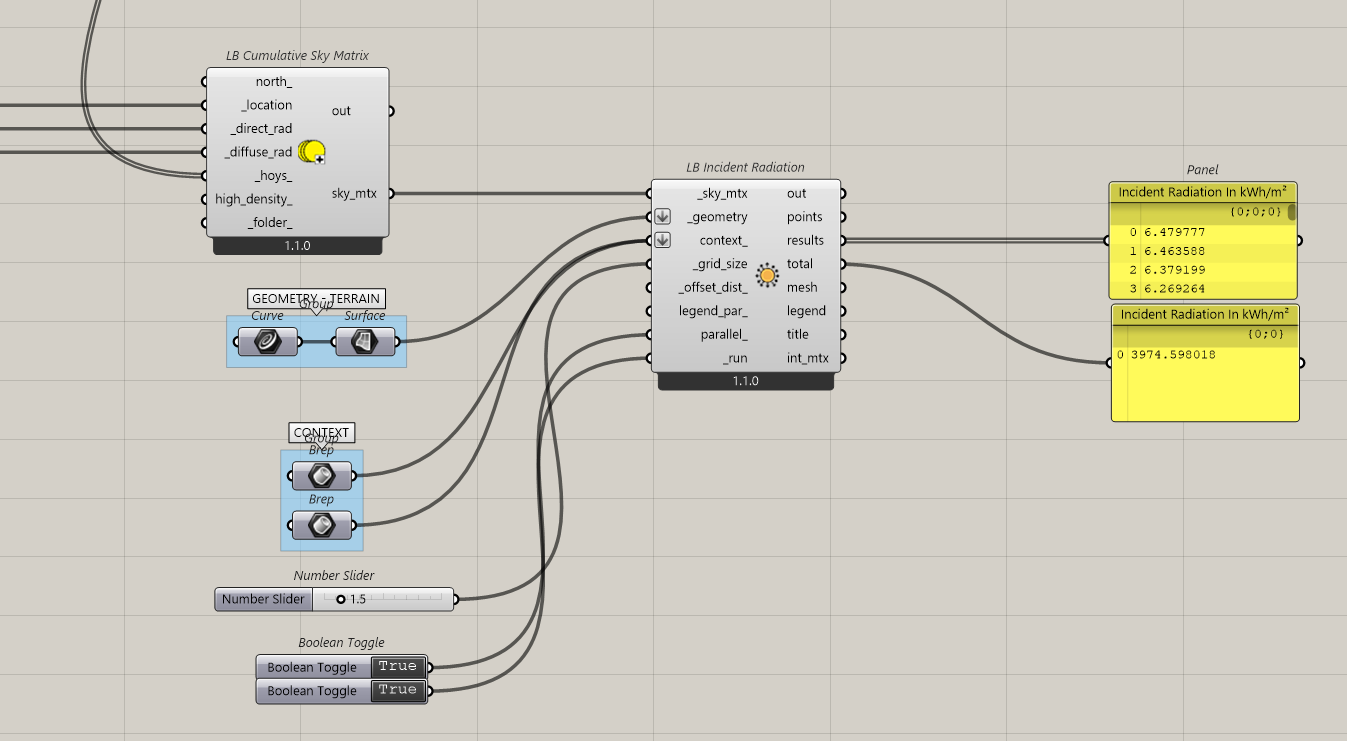
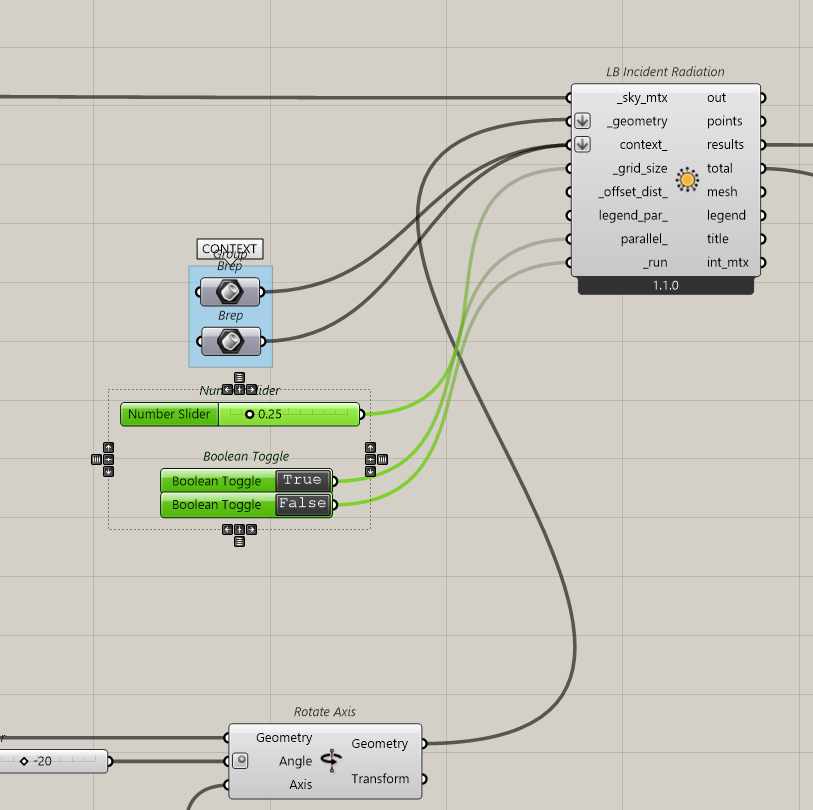
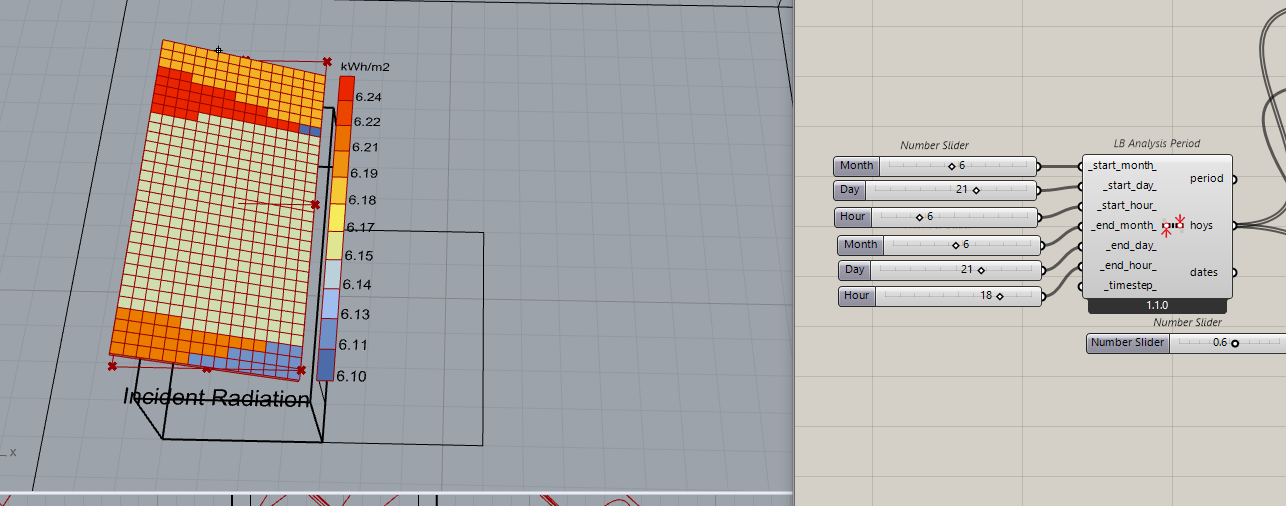
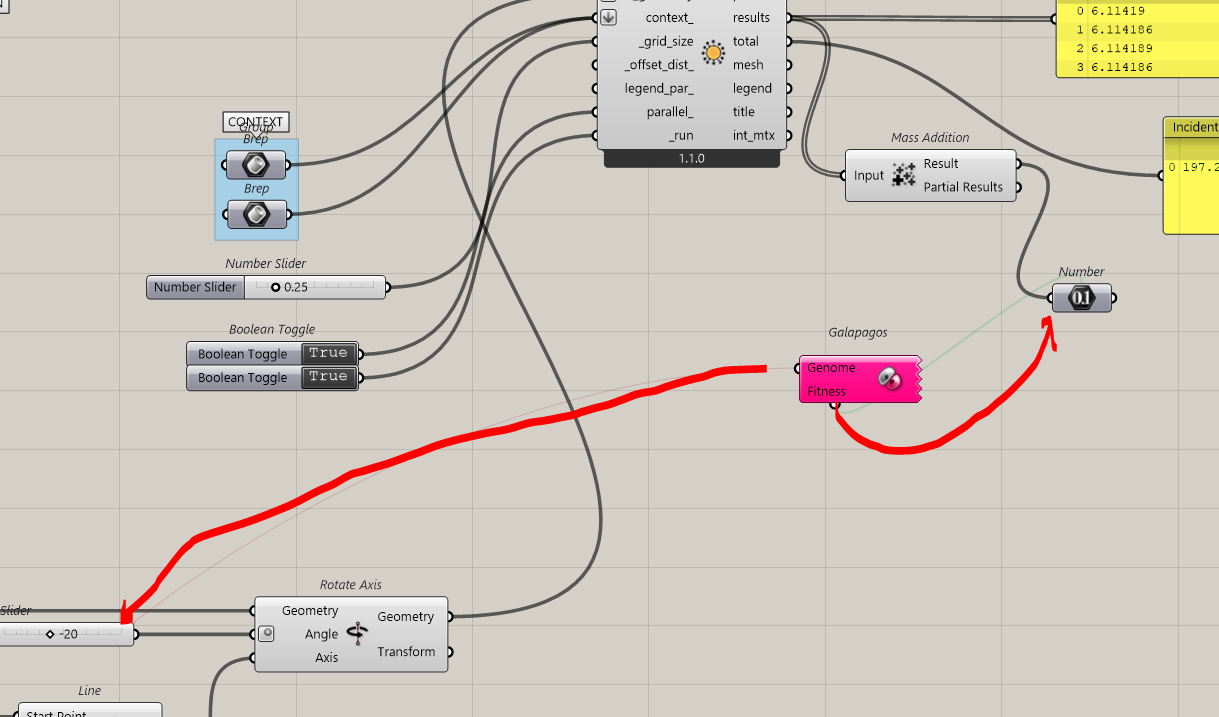
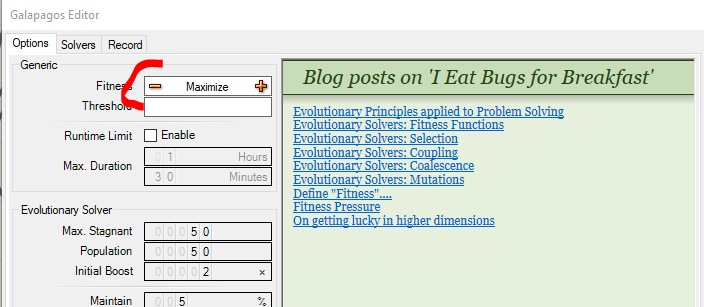
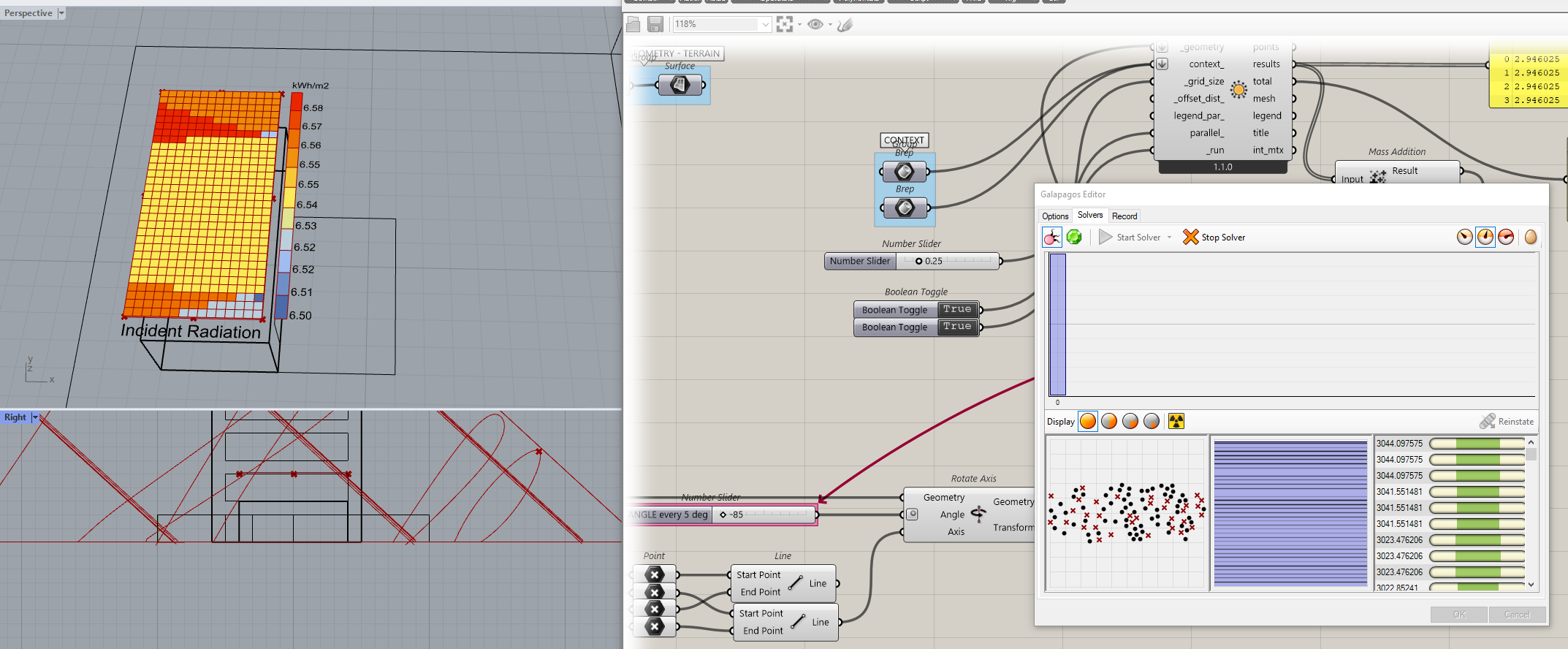
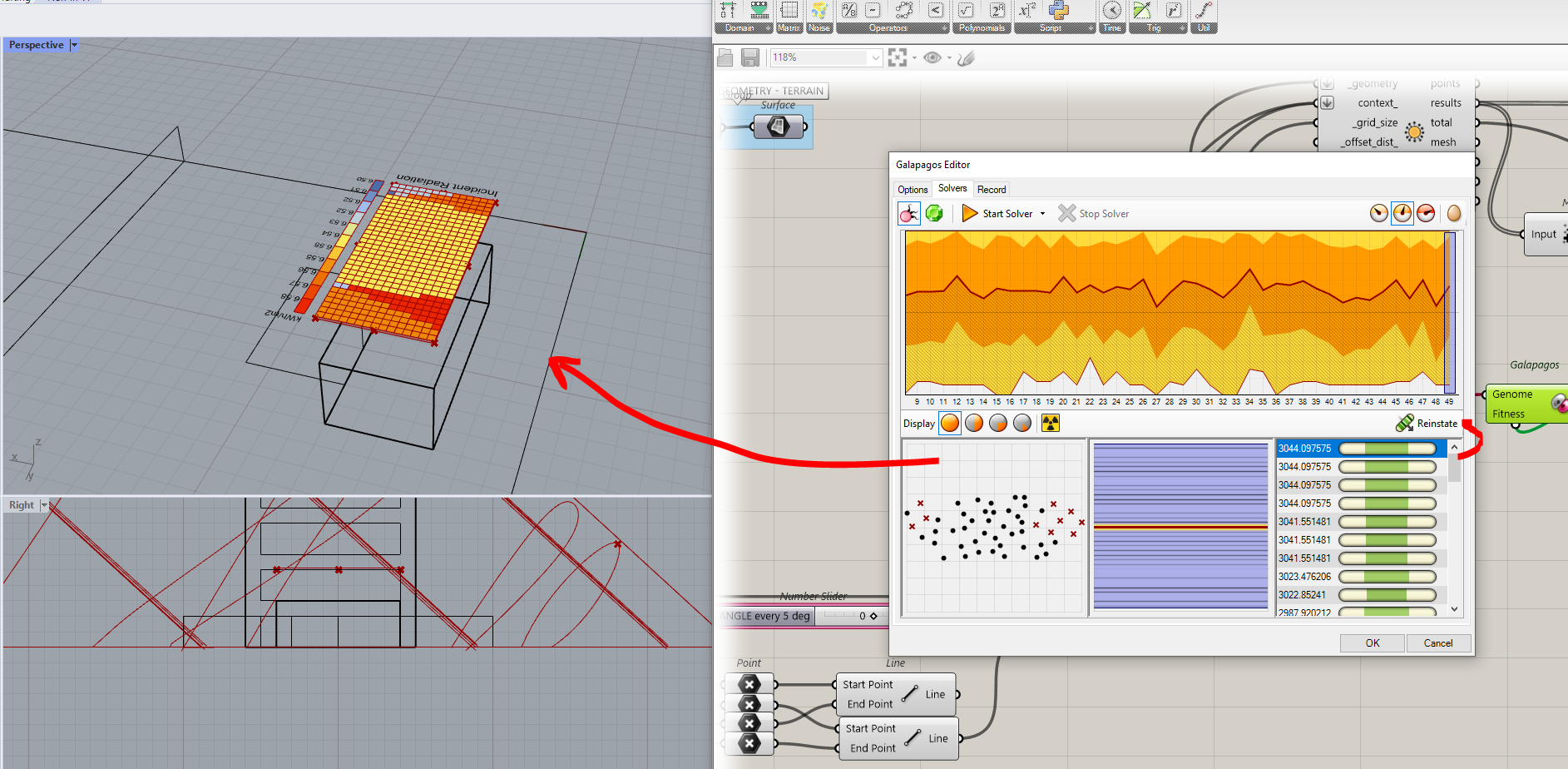
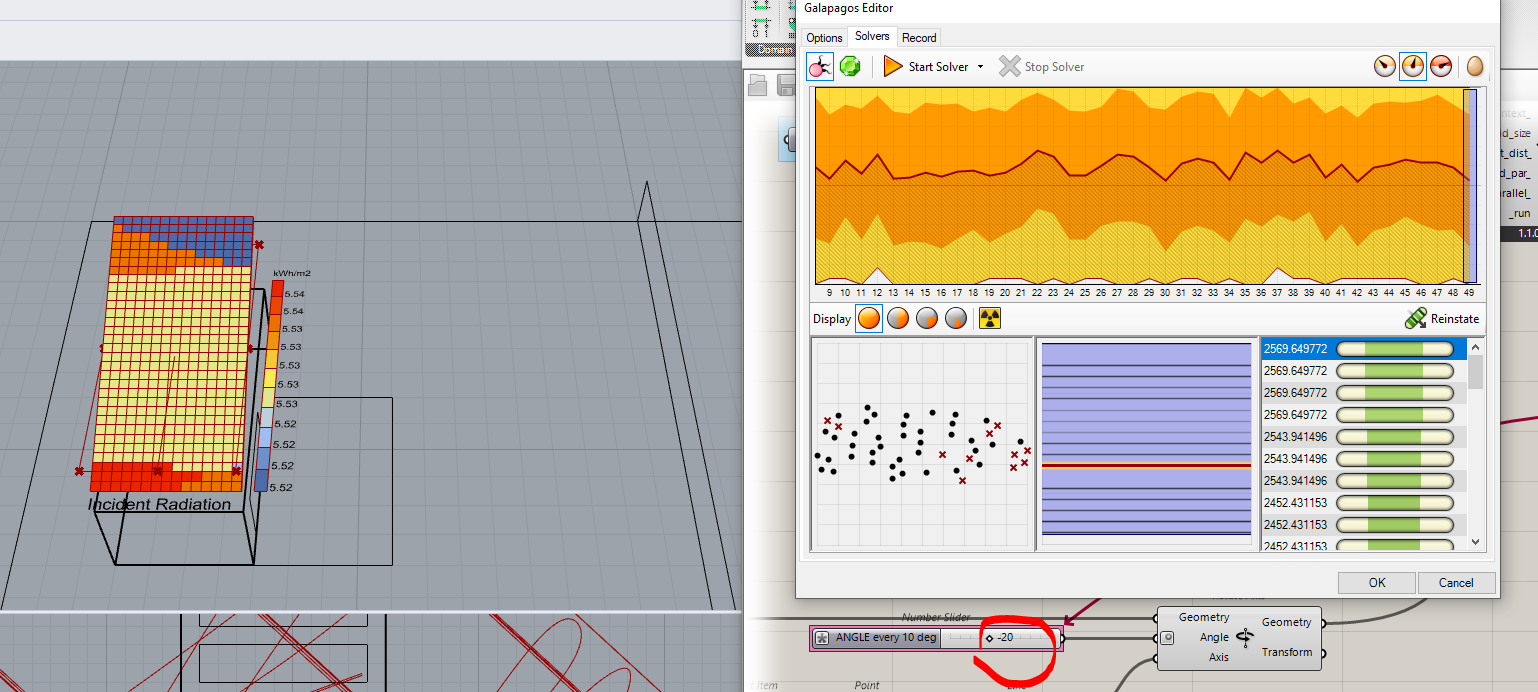
très utile
Hi there, is it possible if you have the grasshopper script for learning purposes?